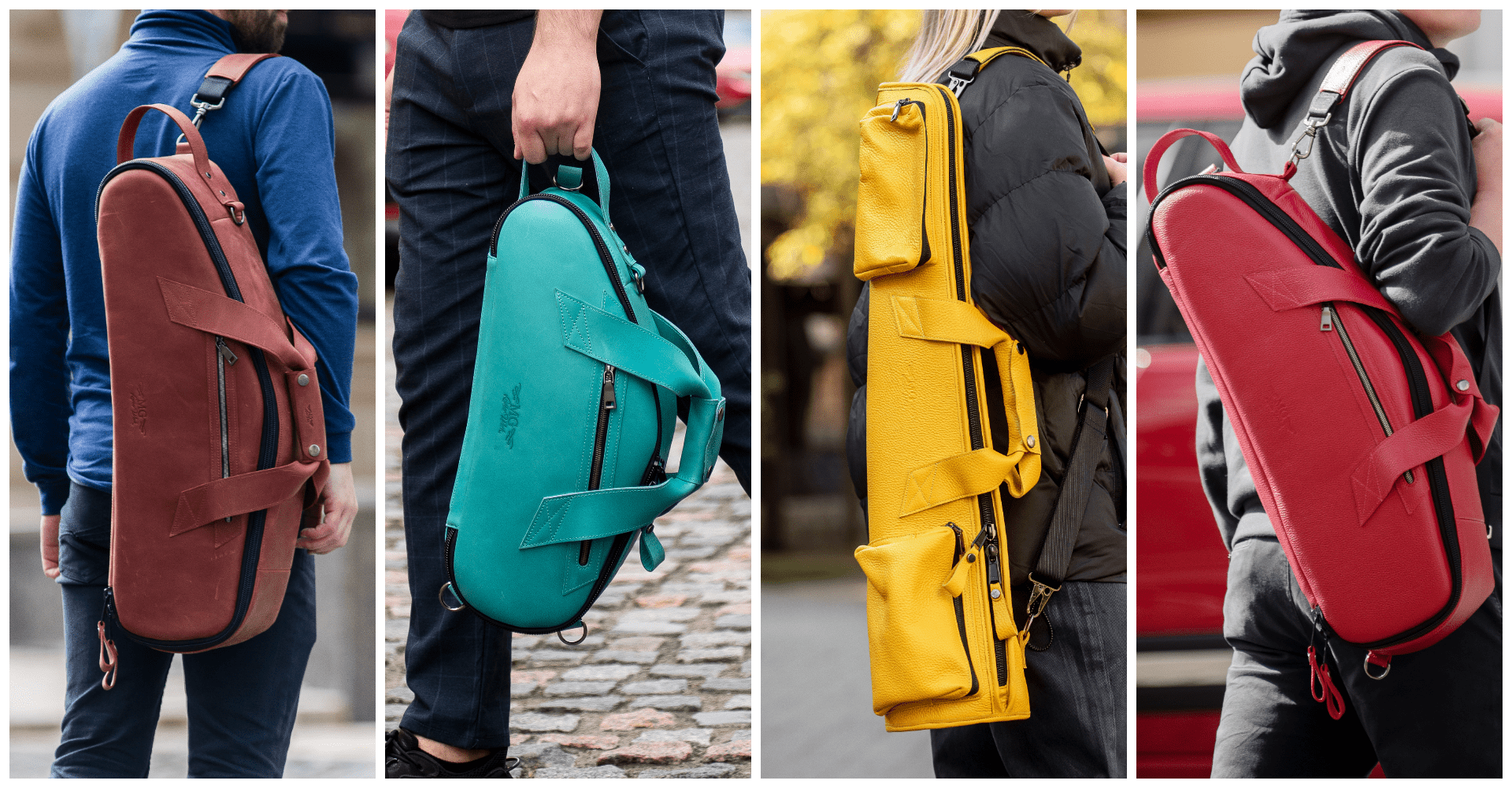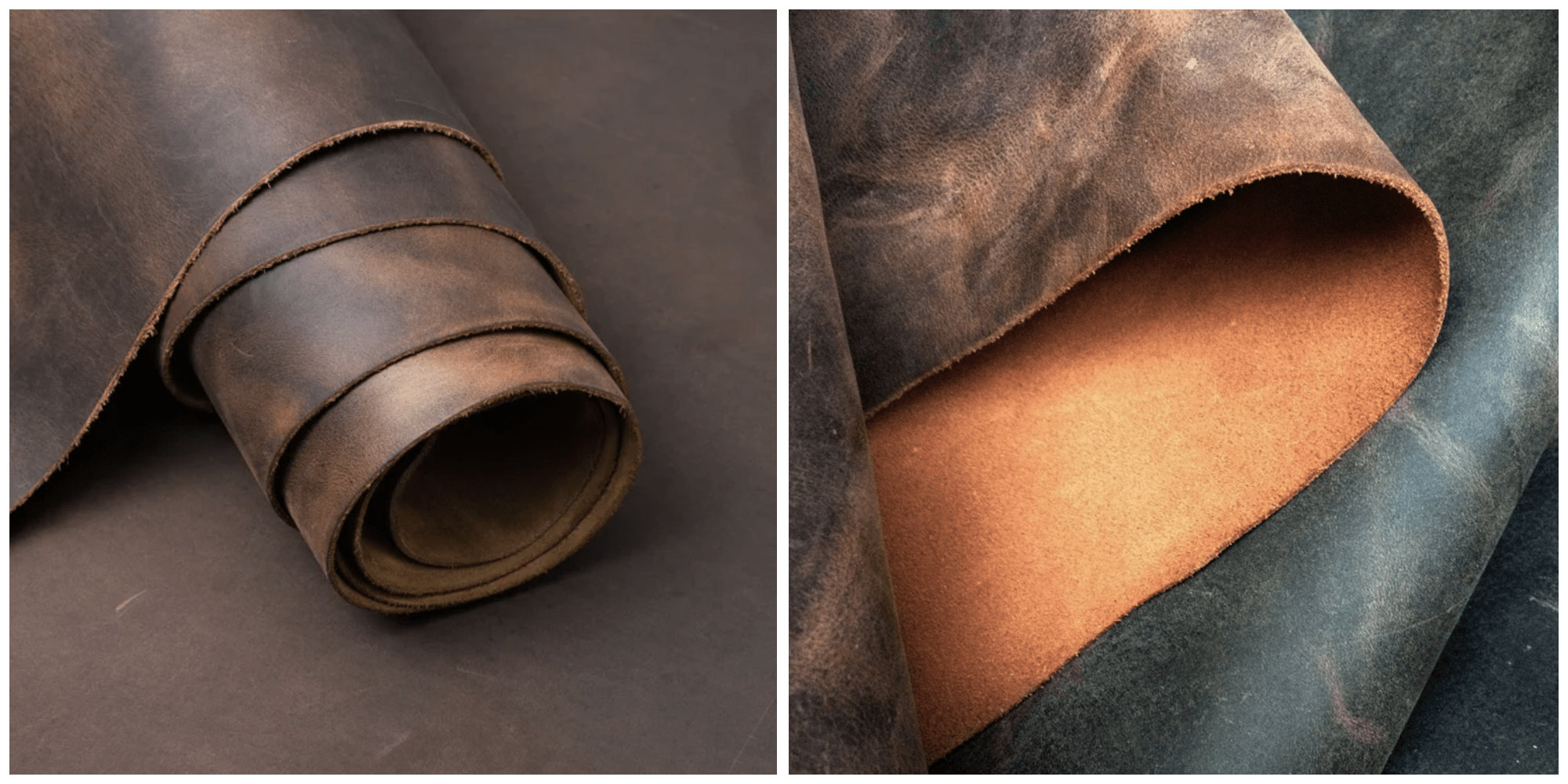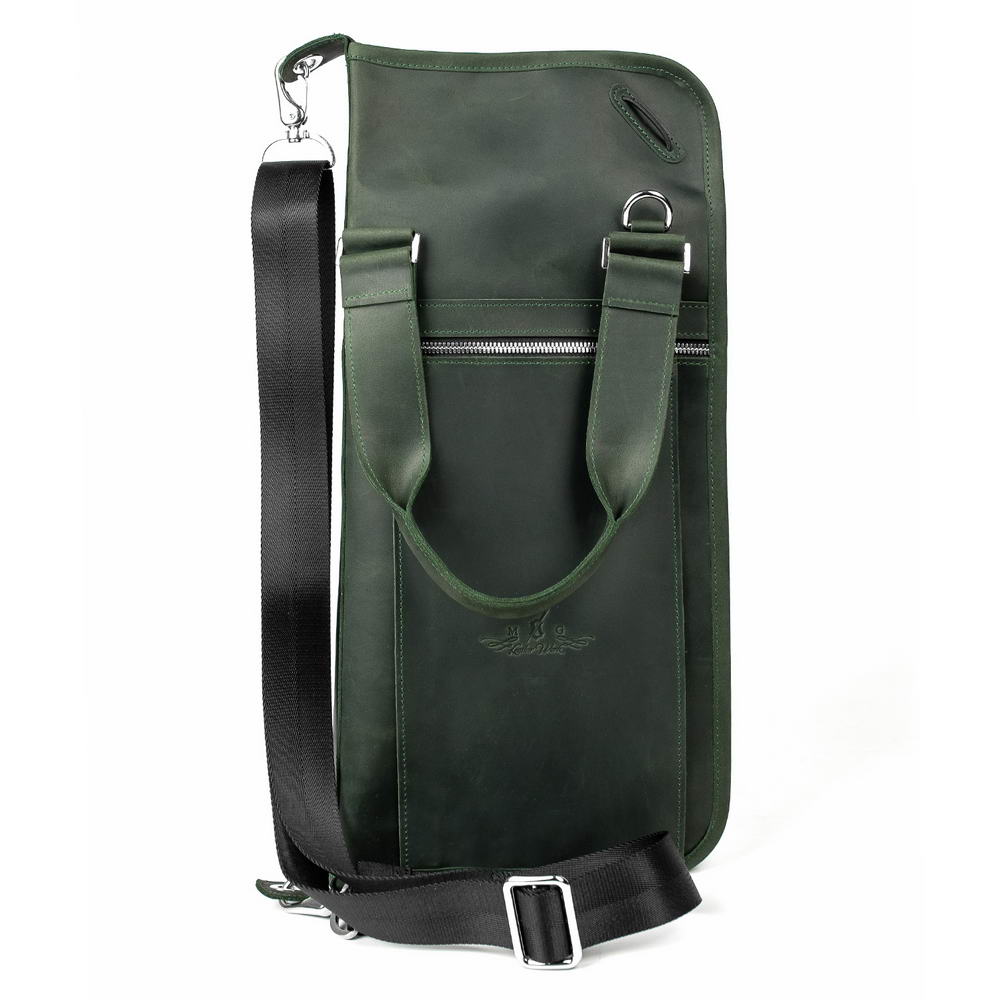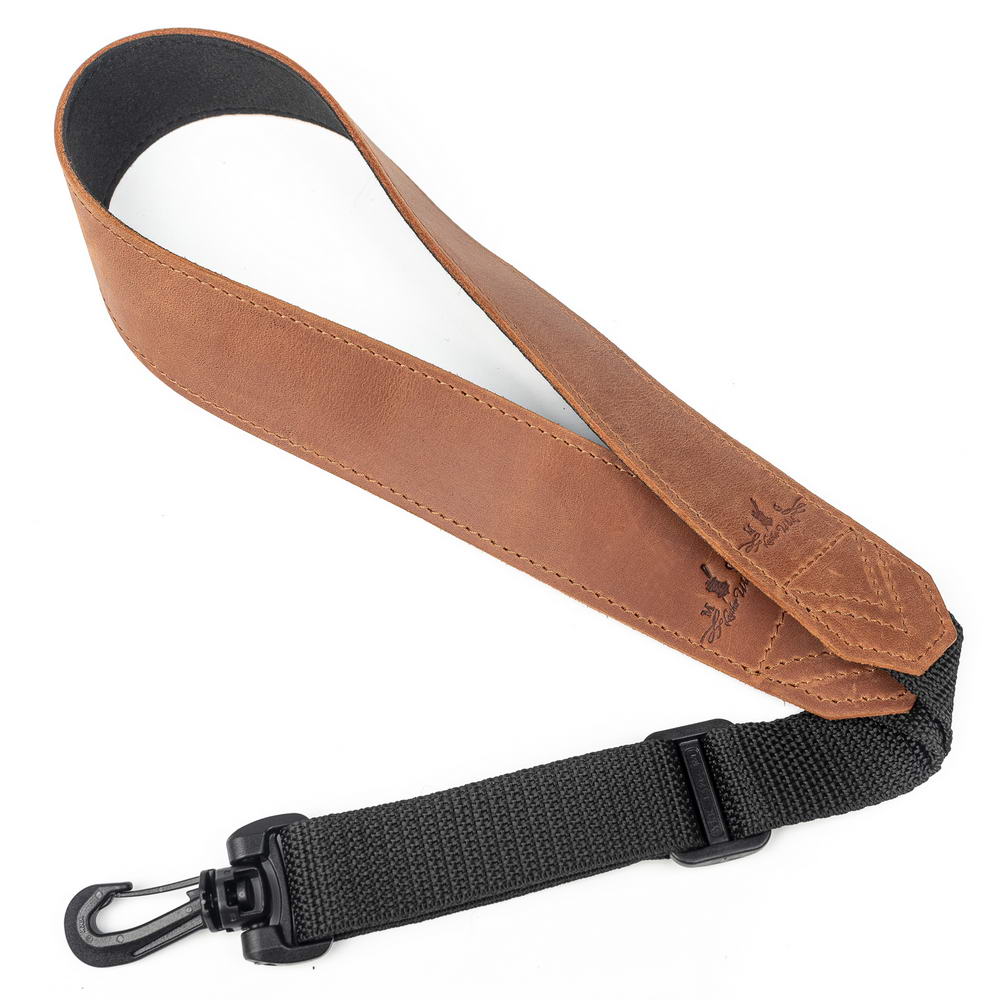
Tips for Saxophone Players: Investigating Different Types of Saxophone Bags
Whether you’re a seasoned saxophonist or taking your first steps into the world of music, it’s important to understand that the right saxophone bag is more than a mere accessory. It’s an investment in your artistry and a safeguard for your instrument. However, what makes the right saxophone bag, and how can you select the perfect one for your needs? In this article, we will conduct an in-depth analysis of all the factors you must consider when choosing the best option from the diverse range of models available on the market.
The Importance of Choosing the Right Bag
Your saxophone is not just a musical instrument; it’s a defining part of your identity. Therefore, the importance of selecting the right saxophone bag cannot be overstated. The material and design of the bag directly impact the safety of your instrument, ensuring it remains in optimal condition during daily transportation to your practice studio, travels to local gigs, or extended journeys from one place to another during tours. When it perfectly fits your instrument, it provides the necessary protection to shield every important part of your saxophone from damage and scratches.
Bag Size and Fit to Saxophone Model
The first crucial aspect to consider when choosing a saxophone bag is its size and fit. Examine the dimensions of the bag to ensure your saxophone model fits securely. A bag that is too loose can cause unnecessary movement of the saxophone during transportation, increasing the risk of damage, while a bag that is too tight may not provide adequate protection.
The ideal bag should precisely match your specific saxophone model, accommodating its unique shape and size. This guarantees that your instrument remains securely in place, reducing the risk of excessive movement, even during lengthy journeys.
Interior Material
When selecting a saxophone bag, pay attention to the quality and design of the interior material. This material is not just a lining; it is an essential component for safeguarding your instrument’s exterior.
The interior material should be soft and non-scratching, capable of preventing any potential damage to your saxophone’s surface. A saxophone’s lacquer serves more than an aesthetic purpose; it significantly influences resonance, tone, and sound quality. Therefore, it is vital to protect it from scratches, scuffs, or abrasions. A well-chosen interior material provides an extra layer of protection, ensuring your saxophone remains in excellent condition and ready to convey your art.
Pockets and Compartments
As a saxophone player, you likely carry a wide range of equipment and tools during your musical journey, including reeds, mouthpieces, ligatures, sheet music, and personal items. To keep these essentials easily accessible and in a safe condition, your saxophone bag should be equipped with extra pockets and compartments. These specially designed spaces ensure that your accessories do not come into contact with your instrument’s surface, reducing the risk of damage. Moreover, it allows you to keep your accessories organized in one place, minimizing the chances of misplacing items in the hustle and bustle of concert preparations.
Handles and Straps
Saxophone carrying solutions are essential factors to consider when choosing a bag. Handles and straps provide the means to transport your instrument. Whether you're heading to a local gig or a practice session, you want to carry bags with ease. The better handles and straps are designed, the more effectively they distribute the weight of the instrument, which is crucial for preventing discomfort during long walks or when navigating crowded venues. Look for saxophone gear bags with ergonomic handles and adjustable straps, allowing for multiple carrying options like easy transformation of a shoulder bag into a backpack. Also, consider whether the handles and straps are well-padded to prevent strain on your body.
Type of Closure
The ease of accessing saxophone accessories in compartments during rehearsals or performances directly depends on the type of closure. All types of saxophone bags come with various clasp options, such as zippers, snaps, or buckles. Zippers are one of the most common types of closures, providing quick and easy access while securely enclosing your instrument. Double zippers offer an additional level of security, preventing accidental openings.
Metal or plastic snaps that securely fasten are also easy to open and close, although they may not be as secure as zippers. Buckle closures with adjustable straps offer excellent security, though they may take a little more time to fasten and unfasten. Velcro closures provide quick access to the saxophone gear, but can wear out over time, becoming less reliable. Magnetic closures strike a balance between comfortable use and security, as they are easy to open and close while offering reasonable protection. However, they may not be as secure as zippers or buckles.
Keeping a Budget in Mind
While you desire the perfect saxophone bag, it’s essential to consider your budget constraints. Depending on the price range, saxophone bags offer quality options at different levels. Consider your intended use for the bag. If your travels are primarily local and you rarely tour abroad, you may not require an expensive hard case. Furthermore, if you appreciate practical urban style, choose models that can transform into backpacks. The right bag is an investment in your saxophone’s safety, but it must be a good fit for your needs and how you live.
Final Point
Selecting the right saxophone bag is not merely a matter of practicality because your saxophone is more than a musical instrument; it deserves the best protection possible. We hope our bag guide has helped you a bit. As you explore the various options available on the market, keep in mind these important factors: size and fit, protection from vibration, interior material, pockets and compartments, material and strength, handles and straps, and type of closure. The better protection you provide for your saxophone and its equipment, the more you can focus on creating beautiful music.











 https://mgleatherwork.com/pages/about-us
https://mgleatherwork.com/pages/about-us





Leave a comment
This site is protected by hCaptcha and the hCaptcha Privacy Policy and Terms of Service apply.